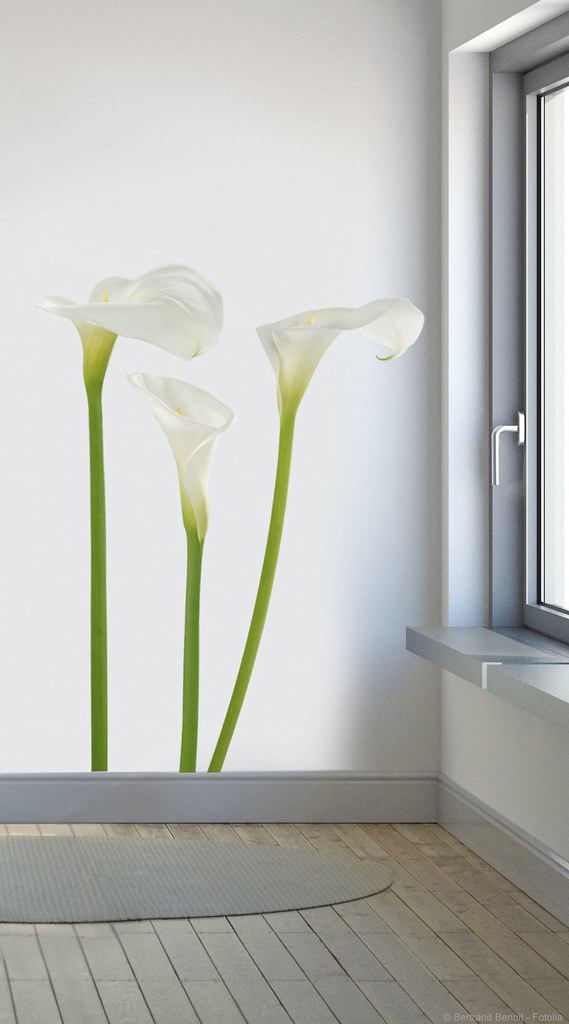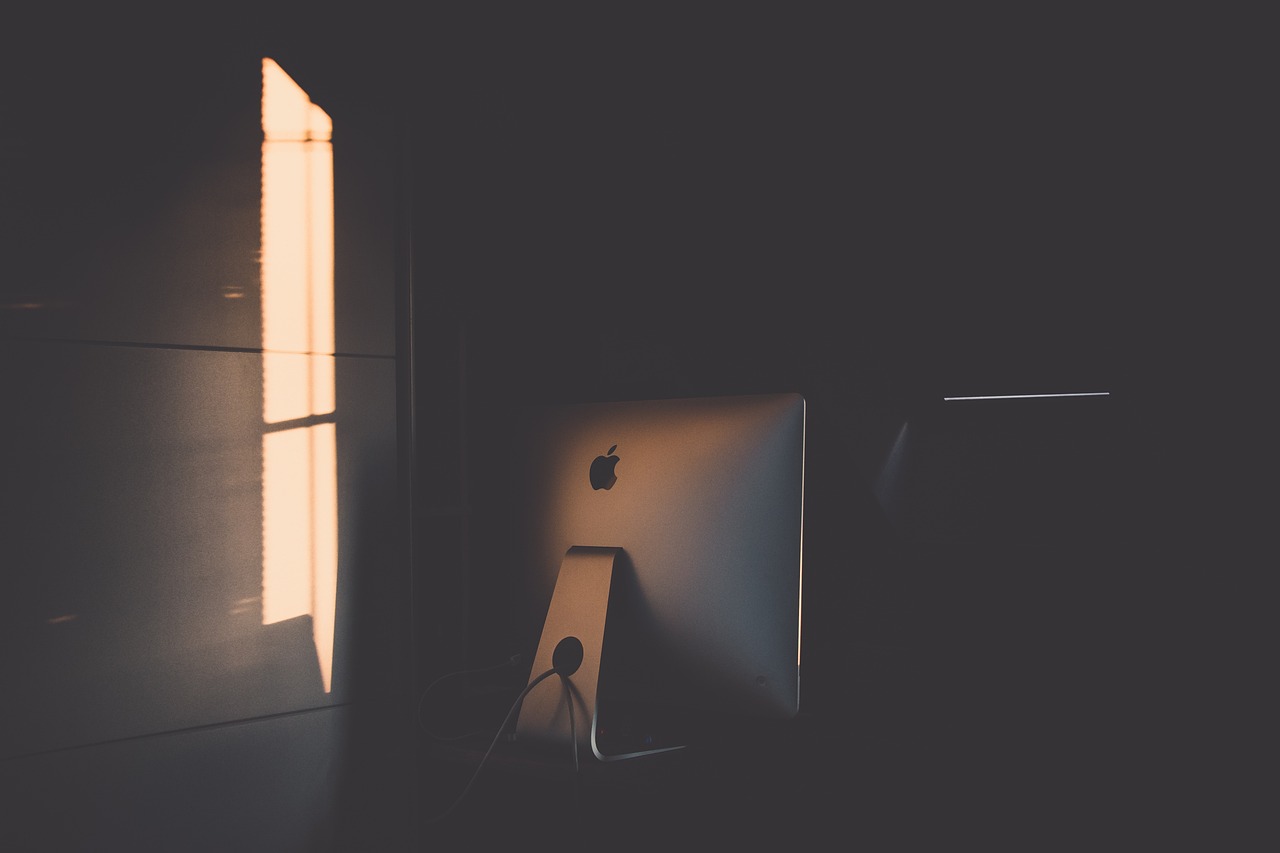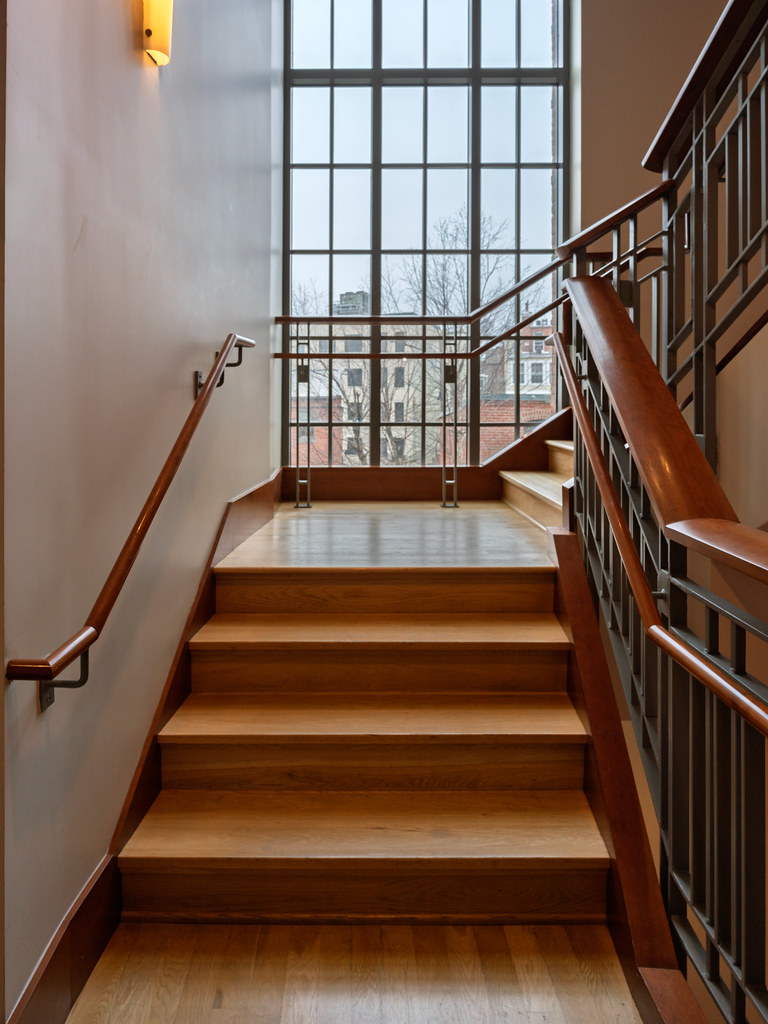These Colors Date Your Home?
The Millennial Gray Mistake Everyone’s Tired Of
Walking into someone’s home and seeing every surface painted in that telltale cool gray immediately broadcasts when they last renovated. Characterized by a monochromatic palette of gray tones, the color swept through walls, furniture, and decor like a minimalist wave, but became synonymous with modernity—and, for some, monotony. For quite some time, cool gray was everywhere, people filled their homes with gray, but whether it be walls or cabinets, cool colors can feel sterile and unwelcoming. Interior designer Katara Cade explains that this overused neutral has run its course, feeling cold and uninviting in today’s design landscape. While shades of gray remain a classic neutral for interiors and exteriors, the trend pendulum is swinging away from the cool hue, and we’re moving away from gray and neutrals with cool undertones as a trend toward warm neutrals. That sterile hospital feeling? It’s time to let it go and embrace colors that actually make you want to spend time in your space.
Millennial Pink’s Instagram Era is Over
That millennial pink piece you thought was so clever is screaming, “I peaked during the first Instagram era,” to every designer who walks through your door. While millennial pink had its moment dominating social media feeds and fashion runways, designers are seeing a shift away from this once-beloved dusty rose shade. Millennial pink has certainly had a hot run as the color du jour of the last few years, from fashion and interiors to packaging design and advertising, but it’s beginning to feel dated. The color that defined an entire generation’s aesthetic choices now feels trapped in time, like a relic from when everyone was obsessing over perfect Instagram walls. Millennial pink might not be so commonly referred to as such, but this shade is still around, even if it’s not quite as ubiquitous as it once was. Smart homeowners are trading this predictable pink for fresher alternatives that don’t scream “2018 influencer house.”
Beige – The Color That Screams “I Gave Up”
Saturating a room in nothing but beige—call it stone, ecru, champagne, or any creative names paint companies use—is a style that on the surface may look sophisticated, but really lacks commitment or inspiration, sometimes referred to as millennial beige. This non-committal neutral has become the decorating equivalent of wearing sweatpants to a dinner party. There’s a very fine line between a warm off-white and a beige, and while there was a huge trend for beige, it’s been completely taken over by the sophistication and clarity provided by the myriad off-white options available. Color experts are steering clients away from this safe-but-boring choice in favor of colors with actual personality. Often dismissed as bland or dated, beige is a versatile and sophisticated hue that can add warmth, elegance, and a touch of timeless style to any space, but the key lies in selecting the right shade that complements your existing decor without sacrificing contemporary appeal. The problem isn’t beige itself—it’s using beige as a cop-out when you’re too afraid to make a real color decision.
Cool Blues That Feel Like Doctor’s Offices
We fell in love with blues over recent years as designers started to look more at the natural world for colors that were calming, sophisticated, and easy to live with, but cool blues can feel too sterile. That icy, clinical blue that looked so fresh five years ago now feels more suited to a medical facility than a family home. Cool colors are going out of style in 2025, and we are seeing people move back towards warmer paint tones. Interior designers are witnessing a massive shift away from these cold, unwelcoming blues that make spaces feel uninhabitable. Adding serene blues and blue-grays that aren’t cool-toned is one approach, but you’ll want to ditch the so-so greens and instead opt for greens that are either very bold, like forest green, uniquely their own shade, such as moss green, or a green with blue undertones. The solution isn’t ditching blue entirely—it’s choosing warmer, more saturated versions that actually invite you to relax rather than checking your pulse.
Builder’s White – The Lazy Landlord Special

All-white, especially a chilly, bright space with whites that have blue or gray undertones, is also a paint color we’re waving goodbye to, and the new white is warmer and has depth. That stark, cold white that contractors slap on every surface screams rental property and zero personality. Crisp, cool whites were a go-to for creating bright, airy spaces, but this ultra-cold shade of white is starting to feel—well, cold. Stark white is another paint color to say goodbye to in 2025, and cool tones will be out while warmth will be in, with stark whites and grays being pushed aside for more saturated, earthy colors. Professional designers know that all-white rooms require serious styling skills to avoid looking like an empty gallery space. Any designer specifying pure white upholstery in 2025 is essentially admitting they care more about Instagram than their client’s actual life, as the maintenance anxiety and glare issues work against comfortable living. If you’re going to use white, choose warmer versions with creamy or peachy undertones that actually feel welcoming.
Navy Blue Furniture – The Brooks Brothers of Home Decor
Navy blue exhausted itself through sheer overuse, and what once felt classic now feels like the furniture equivalent of a Brooks Brothers uniform, with designers reporting that navy ages terribly in perception, making spaces feel dated within two years. This once-reliable choice has become as predictable as a corporate boardroom, lacking any sense of creativity or personal style. Every design magazine from 2015-2020 featured navy sofas and accent walls, making it feel more like following a manual than making a design choice. Blue paint colors continue to dominate interior design trends in 2025, offering a versatile palette that ranges from soothing light hues to dramatic dark tones, whether you’re looking to refresh your bedroom, living room, or kitchen. The key is choosing blues that feel fresh and unexpected rather than the same navy everyone else picked up at the furniture showroom. Smart decorators are opting for deeper midnight blues or lighter, more complex blue-grays that have personality beyond “safe corporate choice.”
Charcoal Gray – The Light-Sucking Vampire

Charcoal gray might seem sophisticated, but it’s a light-sucking vampire, with designers having data showing that dark gray furniture increases the need for artificial lighting by 50% and makes rooms feel significantly smaller. This dramatic dark neutral promised sophistication but delivered depression instead, creating spaces that feel more like caves than homes. Gray manifests in shades from softer pale dove to deep charcoal, and while it’s a common color for upholstered furniture due to its easy adaptability, gray furniture can read as too sterile and monochrome compared to richer, more layered palettes. One interior designer admitted she won’t even show charcoal options anymore because “it’s like recommending depression as a design choice.” Gray prevailed in home design for years, offering a neutral backdrop for any decor style, but experts agree this trend is finally losing its appeal, with cooler tones lacking the vibrancy and warmth people seek these days, as gray feels dreary and depressing. The shift toward warmer neutrals reflects our collective need for colors that actually support our mental health rather than drain it.
Sage Green Kitchen Cabinets – The Pinterest Trap
We’ve tried it all, and now it seems the time has finally come to see green go out of style for 2025, with experts thinking that green kitchens will be absolutely dead, suggesting we try for more dramatic yet earthy colors like aubergine instead. That soft sage green that looked so fresh and natural on Pinterest has become the avocado appliance of our generation—everywhere you look, there’s another sage green kitchen looking exactly like the last one. As gray falls out of favor, there is a new kid in town: green, with shades such as sage, olive, and forest green cropping up everywhere, from TikTok remodels to glossy magazine spreads. The problem isn’t green itself—it’s the specific shade of sage that everyone picked because it felt “safe” and “trendy.” The new color of the moment has been driven by generational consumer trends and is appearing everywhere, and it’s not just one shade of green specifically that’s trending, from sage and mint to emerald and olive. Smart homeowners are choosing richer, more complex greens like forest green or olive that have depth and character instead of that washed-out sage that screams “I follow too many home blogs.”
Pure Black Accents – The Gothic Phase is Over
Once consumers pick up on a trend, interest in that color family expands to neighboring hues, and while pure black has been one of the most popular paint colors, shoppers are now moving towards other dark and dramatic hues, with consumer interest moving from true black to charcoal tones and chocolate brown. That dramatic black accent wall or black kitchen island that felt so edgy and sophisticated now reads more like you’re going through a goth phase at 35. While black can be striking when used correctly, most homeowners went overboard, creating spaces that feel more like nightclubs than family homes. When paired with suggested companion colors like metallic gold, metallic silver, and deep, inky blue, Hammered Black perfectly fits the gothic, whimsigoth, and brutalist design trends dominating modern home decor. Rich, deep browns are really having a moment, which we’ve seen in street style this fall and that is translating to how consumers would like to design their homes, with chocolate brown shades in saturated hues that will evoke a mood and deliver warmth to any space. The shift toward warmer, more approachable darks like deep chocolate brown shows that people want drama without the coldness that pure black brings to a space.
Cool Mint Green – The Toothpaste Color Mistake
That refreshing mint green that seemed so clean and spa-like five years ago now feels more suited to a dental office than a living space. You’ll want to ditch the so-so greens, like mint or institutional green-gray, and instead opt for greens that are either very bold, like forest green, uniquely their own shade, such as moss green, or a green with blue undertones. Cool mint lacks the sophistication and depth that today’s design trends demand, feeling juvenile and overly sweet in adult spaces. Interior designers are steering clients toward richer, more complex greens that feel grown-up and intentional. From sage green to deep olive green, this earthy tone is expected to be everywhere in 2025, and if you are going to utilize natural green tones within a room, pair them with warm neutrals that add a sense of lightness and comfort to the overall space. The key is choosing greens that feel like they came from nature rather than a candy store, with deeper forest tones or sophisticated olive shades that actually complement your furniture instead of competing with it. That mint green accent wall isn’t fresh—it’s just dated.
What Smart Homeowners Are Choosing Instead

The biggest shift happening in 2025 is toward colors that feel emotionally supportive rather than just visually trendy. Dark browns have come to the fore as a rich and moody neutral, while Pantone’s Color of the Year was named Mocha Mousse, a gentle shade of brown that oozes comfort and proves that warm neutrals are set to endure, allowing our homes to become calming and comforting spaces. According to 60% of experts, one of the standout trends in 2025 is integrating nature into interior design, with nature-inspired palettes emphasizing earthy tones like terracotta, deep greens, and soft blues, reflecting a growing desire for connection with nature. Trend forecasters agree that consumers are forgoing stark whites, dated grays, and cool neutrals in favor of layered colors, with unexpected and traditional shades including electric brights, ravishing rubies, and new neutrals that help tell a personal story, as consumers are leaning towards timeless colors such as antiquarian browns and earthy yellows that feel more personal and nurturing. 2025 paint trends will focus on creating comfortable, approachable spaces that feel grounded and connected to nature, falling into the recent biophilic design trend which celebrates nature and brings the outdoors in. The secret isn’t following the next trend—it’s choosing colors that make your home feel like the sanctuary you actually want to live in.
What’s your biggest color regret from the past few years?

A master of contemporary design, Bobby Burke brings a fresh perspective to home styling. His book Effortless Interiors offers readers a roadmap to achieving sleek, functional, and beautiful spaces with ease.
